As artificial intelligence becomes more deeply integrated into real estate and building inspections, homeowners are starting to worry about what might be hidden behind their walls. AI-powered systems can detect potential violations far more efficiently than human inspectors, raising the bar for what is considered acceptable. According to experts, future inspections could involve scanning technologies that assess structural integrity, environmental safety, and code compliance in ways we have never experienced before. As a result, things that have gone unnoticed for decades could suddenly become expensive problems.
1. Outdated Electrical Wiring

According to Realtor.com, older electrical systems like knob-and-tube wiring are already flagged during traditional inspections, but AI will catch these issues even faster. AI algorithms could detect inconsistencies in electrical currents or even structural traces of outdated systems hidden behind walls. That means even if your home hasn’t shown any signs of trouble, it could still fail a future inspection. Addressing outdated wiring now could save homeowners serious money down the line.
Beyond the risk of insurance non-compliance, outdated wiring poses real safety hazards. Systems installed before modern codes existed may not handle the electrical loads of today’s appliances. As AI continues to advance, homes with these hidden risks could become nearly unsellable without expensive updates. Getting ahead of these issues will soon become a standard part of responsible homeownership.
2. Asbestos-Containing Materials
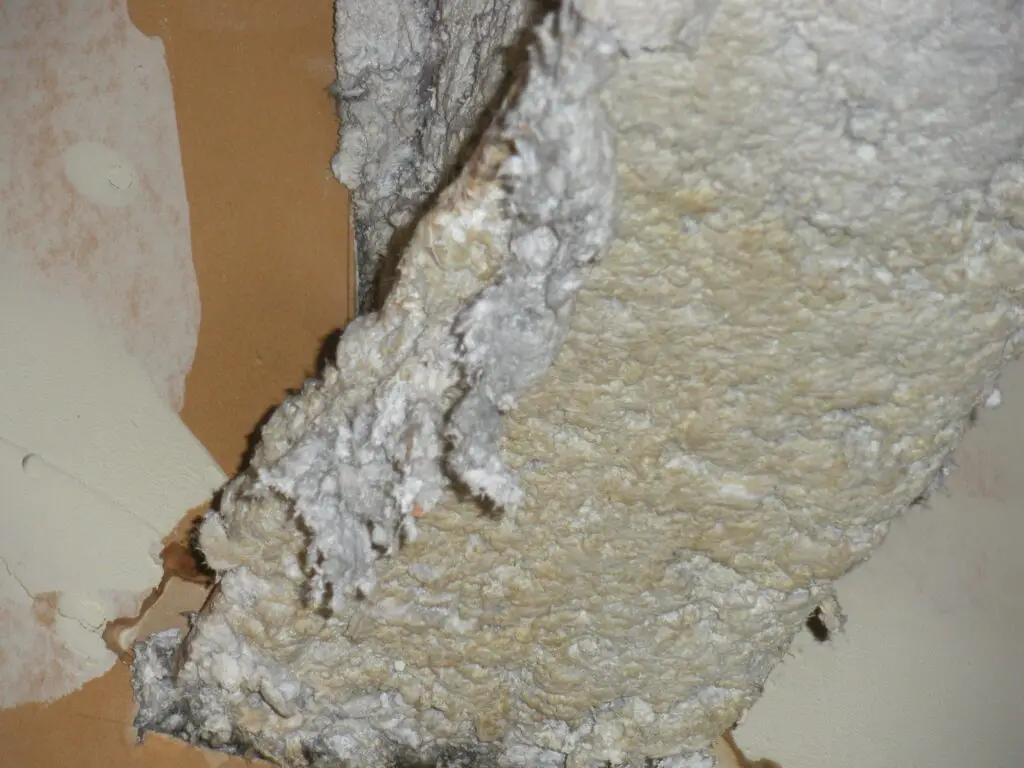
Science Direct points out that AI-driven environmental inspections are making it easier to detect asbestos remnants behind walls, ceilings, and floors. In the past, asbestos hidden inside the structure could remain undetected unless a major renovation occurred. Now, sensitive AI technologies can identify areas where asbestos is likely present based on materials and construction dates. Future buyers and inspectors may demand full remediation before proceeding with any sale.
The challenge for homeowners is that removing asbestos can be extremely costly and disruptive. Even homes that were considered “safe” might be flagged by smarter, faster inspections. As these standards tighten, homeowners could be legally obligated to remove or encapsulate hazardous materials. Ignoring the potential for asbestos issues might eventually result in steep fines or forced remediation orders.
3. Hidden Water Damage
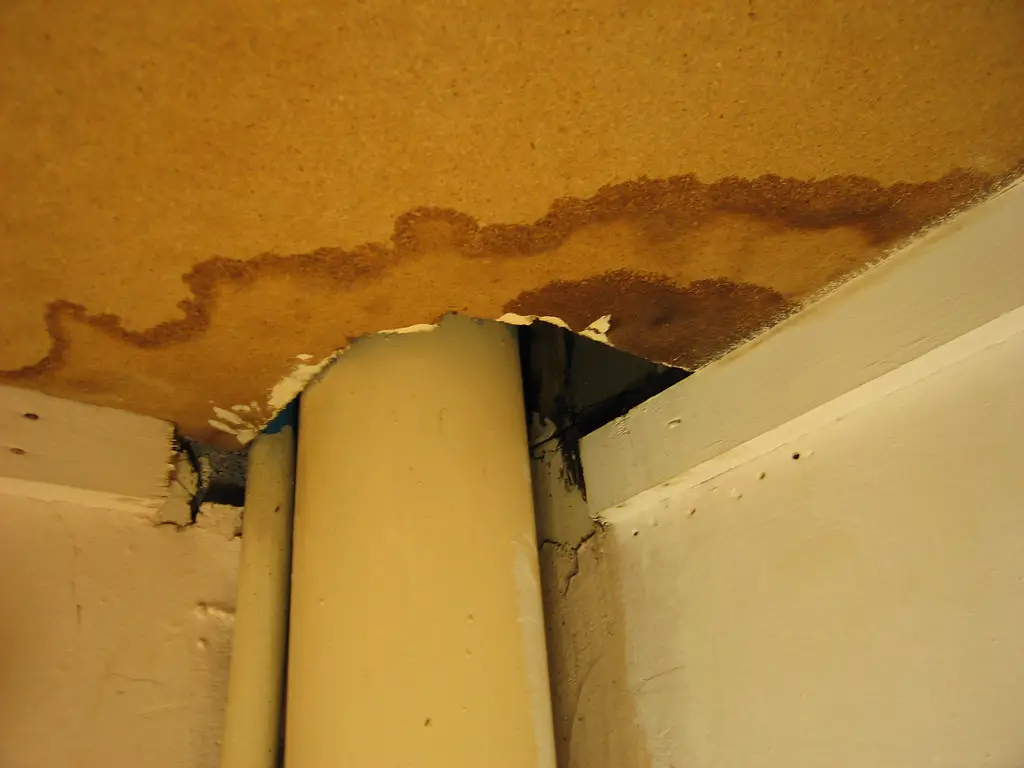
According to Forbes, AI sensors designed for real estate will soon be able to detect even tiny traces of water damage hidden inside walls. While a human inspector might miss small leaks or historical water exposure, AI can find patterns in moisture levels that suggest a bigger underlying problem. This will make it much harder to hide minor issues during the selling process. Homeowners could face major costs if unseen damage is discovered late.
Water damage doesn’t just impact structural integrity — it can also lead to mold growth and health issues. Future AI inspections could penalize properties with even minimal moisture problems. Buyers may become wary of any house that shows a water damage “signature” on an AI report. Proactively addressing these risks will become essential for anyone planning to sell.
4. DIY Structural Modifications
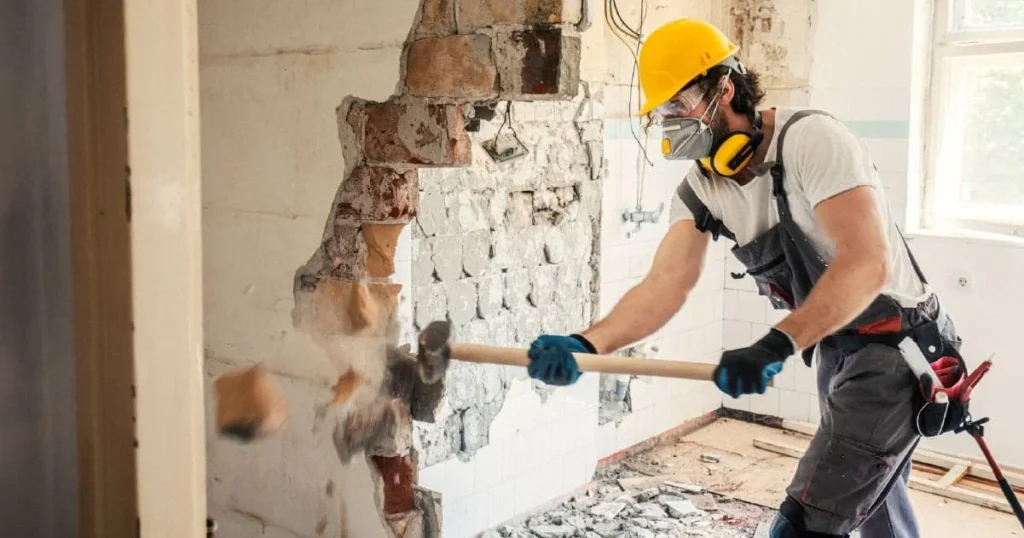
Neural Concept notes that AI will make it much harder to get away with unpermitted structural changes inside homes. Even if a wall looks perfectly normal, smart inspection tools can detect anomalies in load distribution, beam placement, and material density. That means opening up a floor plan without proper permits could haunt homeowners in the future. What was once a harmless DIY project could become a serious legal headache.
Unapproved modifications can compromise a home’s safety and resale value. With AI’s growing ability to spot these issues, past renovations done without oversight could cost thousands to correct. Homeowners who thought they saved money by avoiding permits might find themselves paying far more later. Getting everything properly inspected and permitted now is the safer route.
5. Old Plumbing Pipes
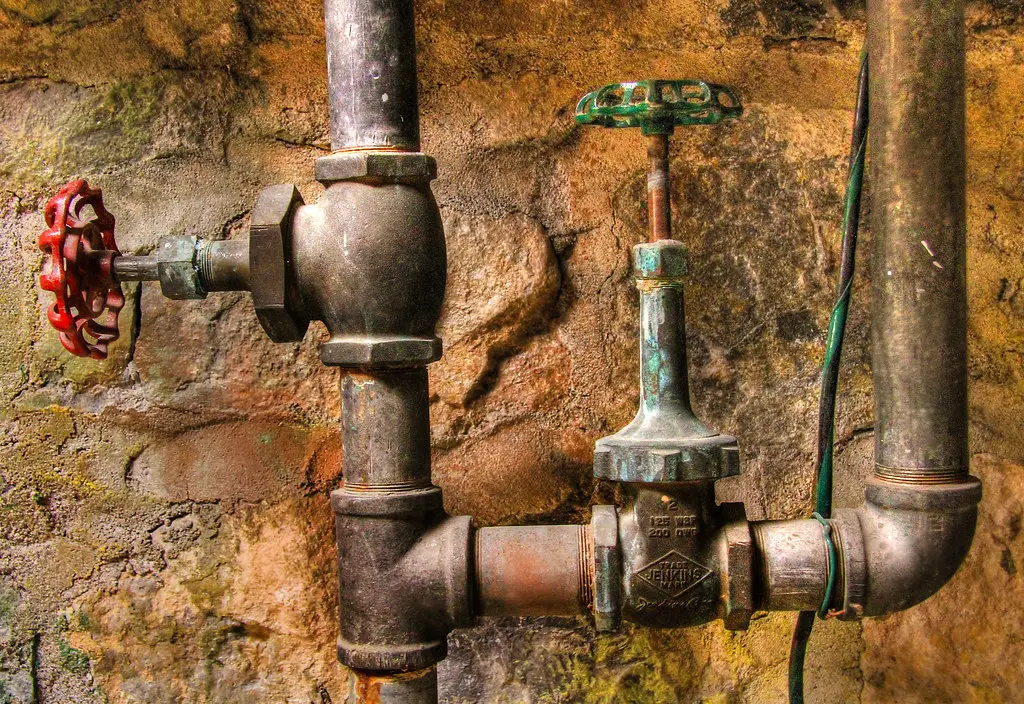
Many older homes have pipes made from materials like galvanized steel or polybutylene that are now considered problematic. These materials can degrade over time, causing leaks or water quality issues that may not be visible without opening walls. AI inspection tools will be able to detect signs of corrosion, pressure inconsistencies, and even slight chemical traces left by old pipes. Homeowners may soon be held responsible for upgrading systems that were previously grandfathered in.
Replacing old pipes isn’t just a cosmetic upgrade — it can impact everything from home value to insurance eligibility. As inspection technology improves, ignoring outdated plumbing could become a financial liability. Homeowners who invest early in updating their systems may avoid costly future demands from buyers or insurers.
6. Non-Compliant Insulation
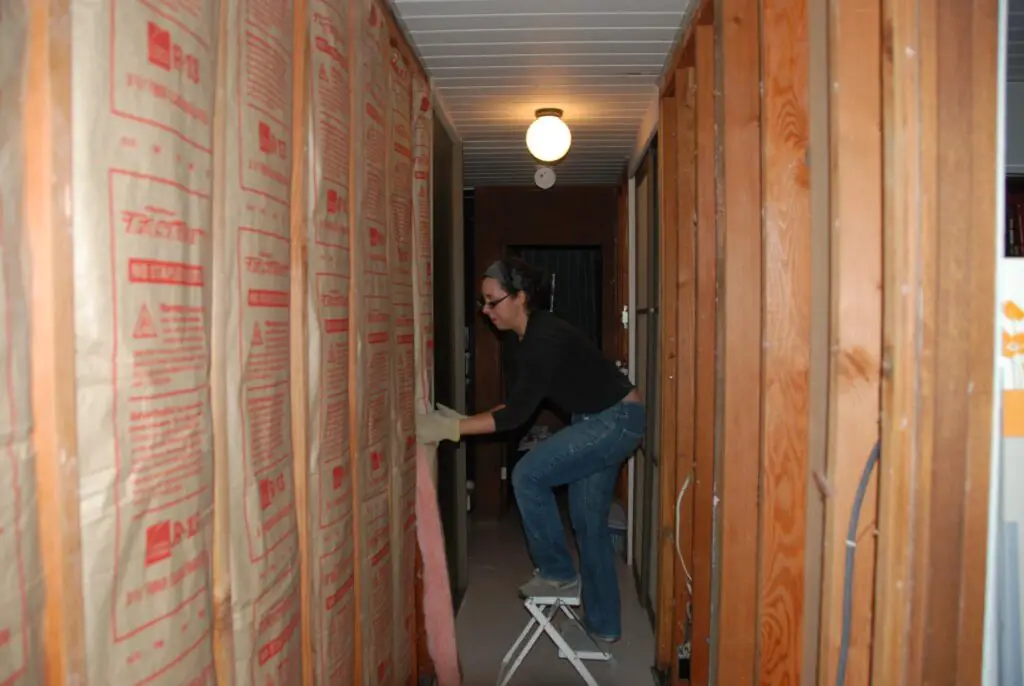
Certain types of older insulation, like vermiculite or low-efficiency fiberglass, might not meet future energy standards. AI inspections could scan for insulation types and even determine their condition and performance over time. Homes that don’t meet efficiency benchmarks may face penalties or lower valuations. Upgrading insulation before it becomes mandatory could save money in the long run.
Additionally, outdated insulation can contribute to higher energy bills and greater environmental impact. Buyers looking for eco-friendly properties may increasingly scrutinize a home’s energy efficiency. Staying ahead of potential regulations by modernizing insulation now could become a major selling point.
7. Mold Colonies

Even hidden mold colonies inside walls could be detected by future AI sensors. Subtle air quality shifts or material breakdowns invisible to human senses might trigger a red flag during inspections. Homes that once passed basic mold inspections could fail under more advanced scrutiny. This could result in expensive professional remediation before a sale can move forward.
Mold issues aren’t just a health concern — they’re also a financial one. As technology advances, buyers will expect full transparency regarding any microbial threats. Addressing even minor mold issues early will be critical for protecting a property’s value and marketability.
8. Termite Damage
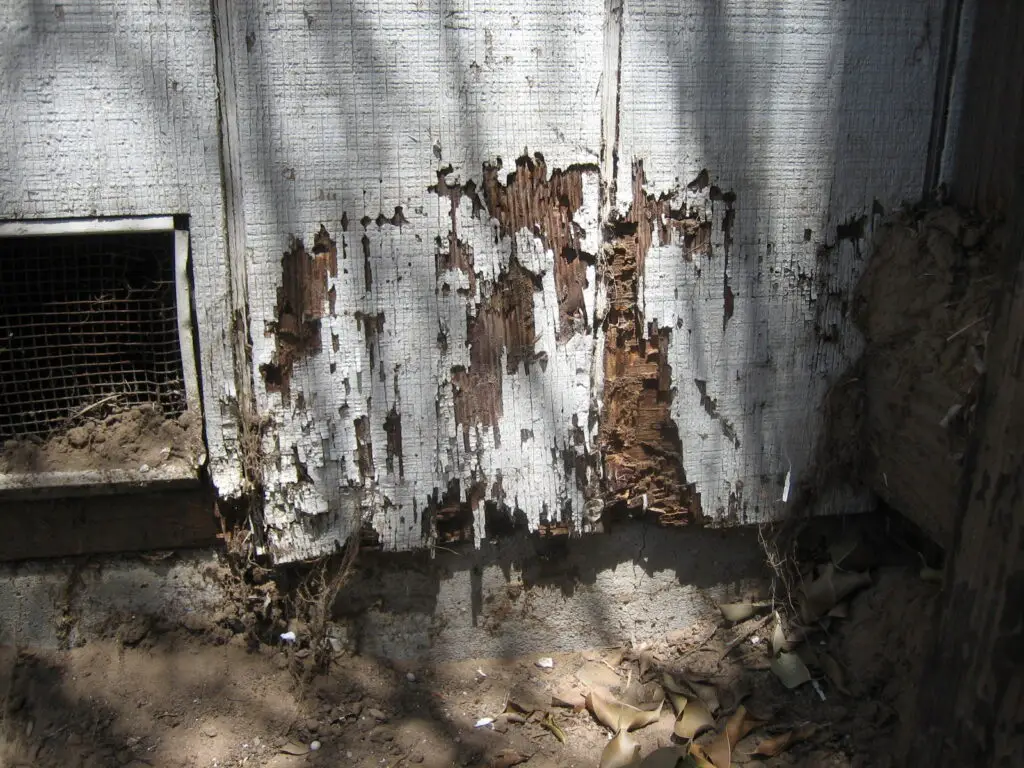
Traditional inspections often miss termite damage that’s hidden deep within walls. AI-powered scanning and imaging could detect compromised wood structures by analyzing density and material patterns. This means homes that once appeared structurally sound could face unexpected red flags. Early detection will soon become the gold standard for home sales.
Undiscovered termite damage can weaken key structural components, leading to costly repairs. Future buyers may demand proof that a property is termite-free before finalizing a purchase. Staying proactive with pest inspections and treatments will be a smart move in the AI inspection era.
9. Illegal Utility Connections

Some homeowners install unauthorized utility connections to avoid fees or simplify renovations. These hidden setups, like off-the-books gas lines or unpermitted electrical outlets, could become a major liability. AI inspection systems will likely cross-reference construction patterns with utility layouts to find hidden discrepancies. Failing an inspection due to illegal hookups could result in serious fines.
Besides legal trouble, these rogue connections can pose serious safety hazards. As standards evolve, homeowners should prioritize getting any gray-area projects properly permitted and up to code. It’s far less stressful to correct problems now than to scramble during a sale.
10. Fire Hazards
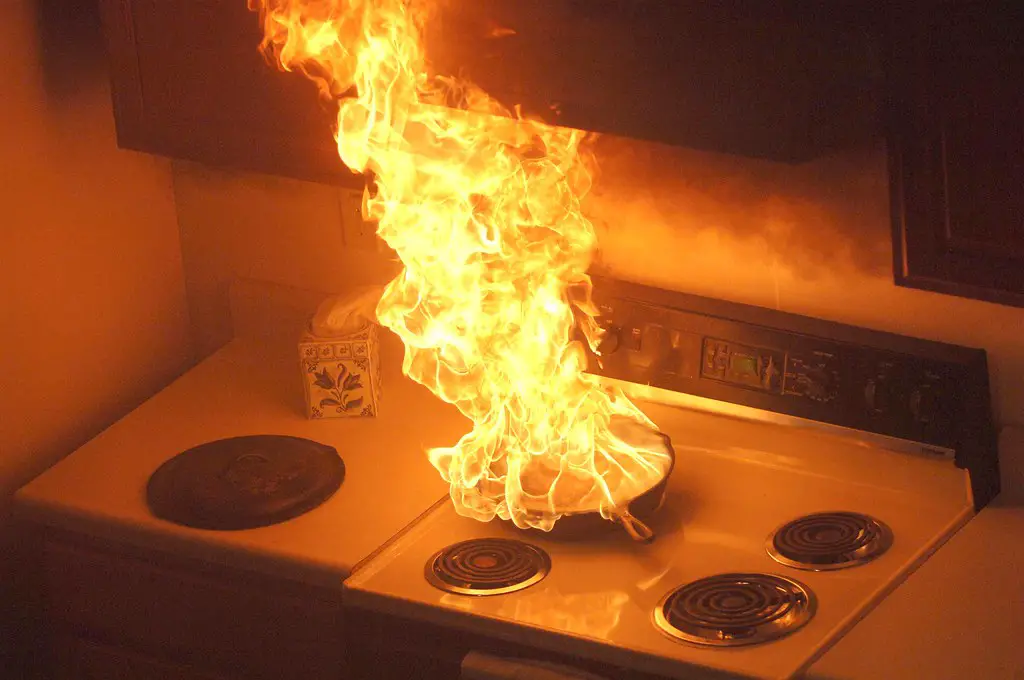
Substandard materials or wiring practices that pose fire risks could become much easier to identify with AI. Hidden faults like insufficient fire blocking, flammable insulation, or improperly protected wiring could trigger automatic inspection failures. These fire risks might have been overlooked before but could soon be non-negotiable disqualifiers. Fixing fire hazards will become a key part of home maintenance.
Protecting your investment will increasingly mean going beyond minimum code compliance. Smart homebuyers will expect strong fire safety certifications, backed by thorough inspections. Making necessary upgrades now can help homeowners stay ahead of tightening standards.
11. Lead-Based Paint Traces
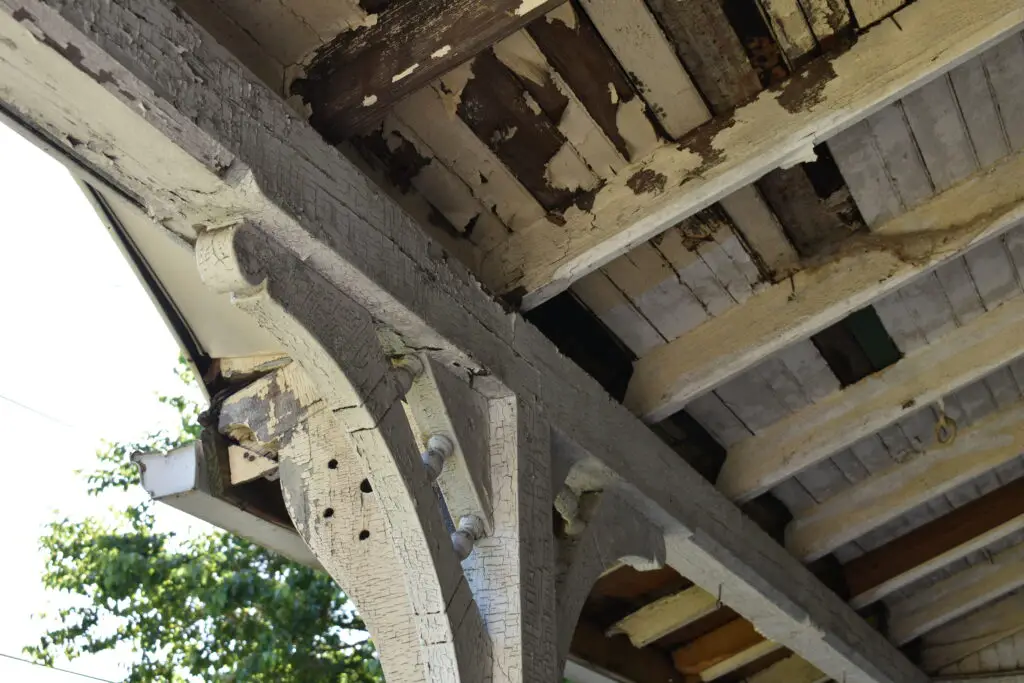
While surface lead paint is already regulated, AI systems might eventually detect traces of lead hidden inside walls or dust particles. Homes built before 1978 could become high-risk properties if new detection standards are introduced. Even well-maintained houses might require additional remediation. Future-proofing a home could involve comprehensive lead testing and removal.
Lead contamination poses serious health risks, especially for children. As awareness and technology improve, buyers and regulators will take an even stricter stance on lead hazards. Investing in full lead abatement could pay off both in health and resale value.
12. Outdated Smart Home Wiring

Older smart home systems installed a decade ago may not meet future cybersecurity or energy efficiency standards. AI inspectors could evaluate the age, functionality, and security protocols of in-wall wiring and connected hubs. Obsolete systems could require costly updates to pass inspections. Keeping smart infrastructure current will become increasingly important.
Tech-savvy buyers will expect up-to-date, secure smart home features. Falling behind could turn a high-tech home into a liability. Regularly upgrading connected systems can help maintain a property’s competitive edge.
13. Forgotten Radon Mitigation Systems
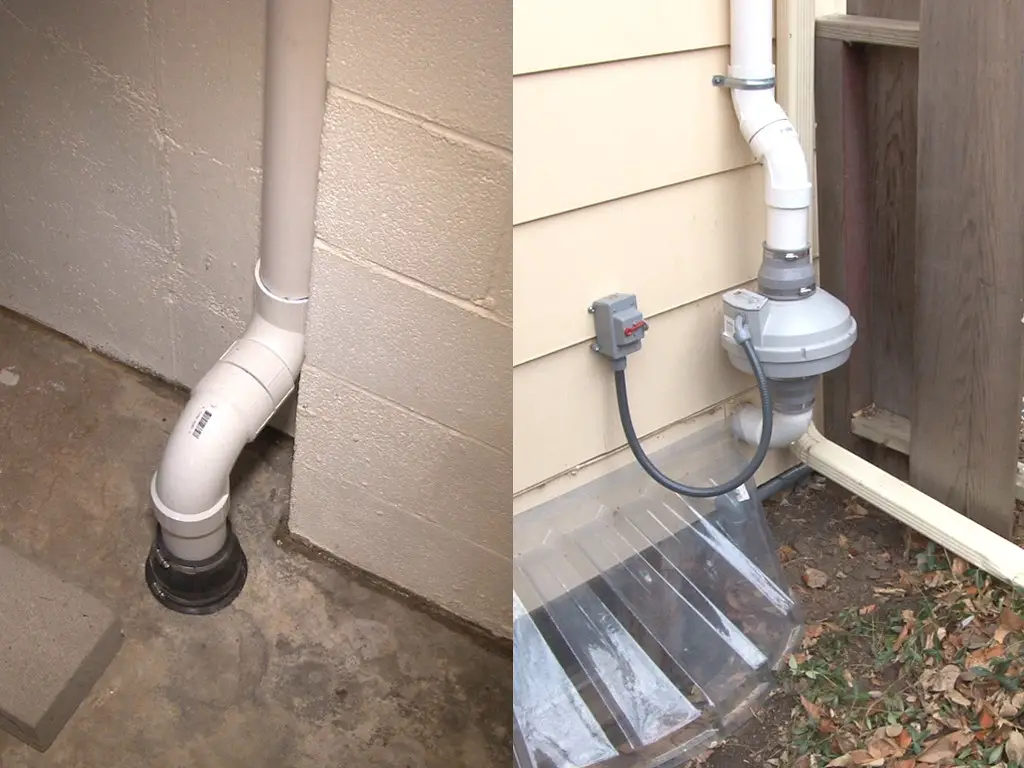
Some homes have outdated or ineffective radon mitigation systems hidden inside walls or basements. AI could detect signs of radon gas infiltration or system malfunctions that a human might miss. Homes without effective mitigation could face tougher regulations or lose value. Updating these systems before inspections become stricter is a smart precaution.
Radon exposure is a serious health risk, and awareness around it is growing. Ensuring that a mitigation system is effective and up to modern standards could become a major selling point. Homeowners would be wise to take action before AI-driven inspections spotlight these hidden issues.
14. Concealed Construction Waste
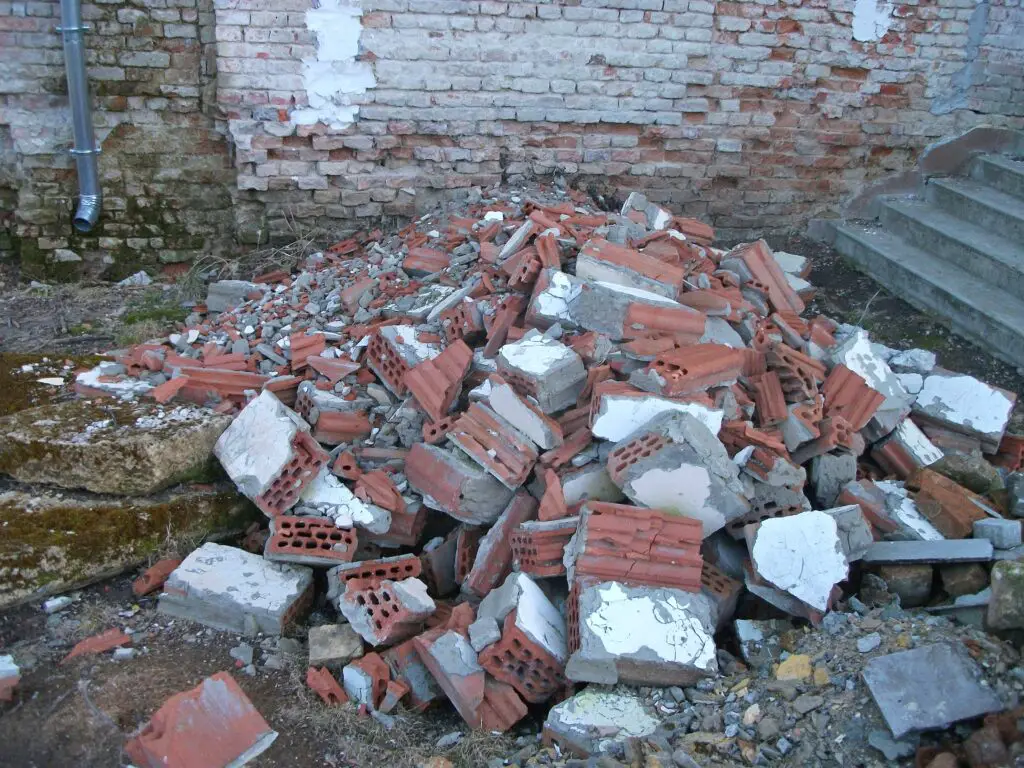
In some older homes, construction debris was simply left inside walls or crawl spaces during building. AI tools could soon detect anomalies like wood scraps, old insulation, or even discarded tools hidden behind walls. These hidden “surprises” might not only be unsightly but could violate environmental or safety regulations. Cleaning up hidden waste might become a required step before selling.
As construction standards evolve, buyers and inspectors alike will expect homes to meet much higher standards of cleanliness and safety. Homeowners who take the initiative to investigate and remediate hidden debris will likely have a smoother path to resale success.
